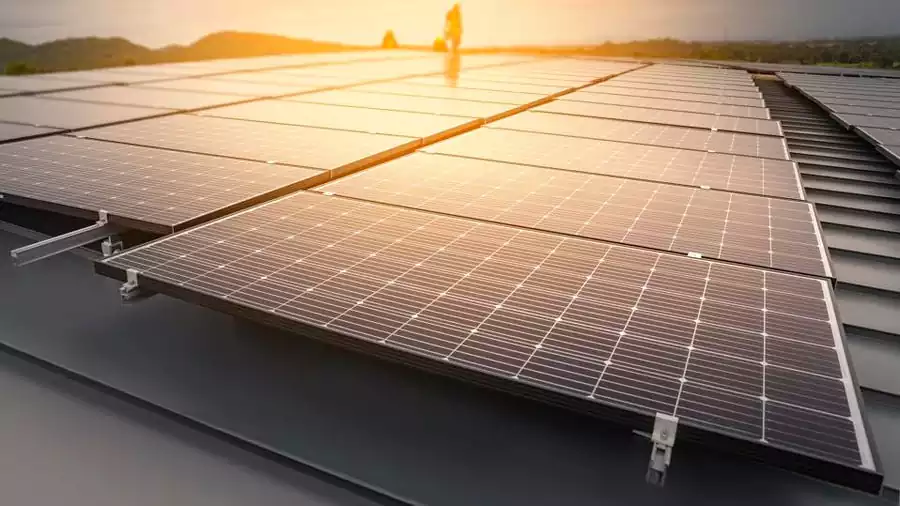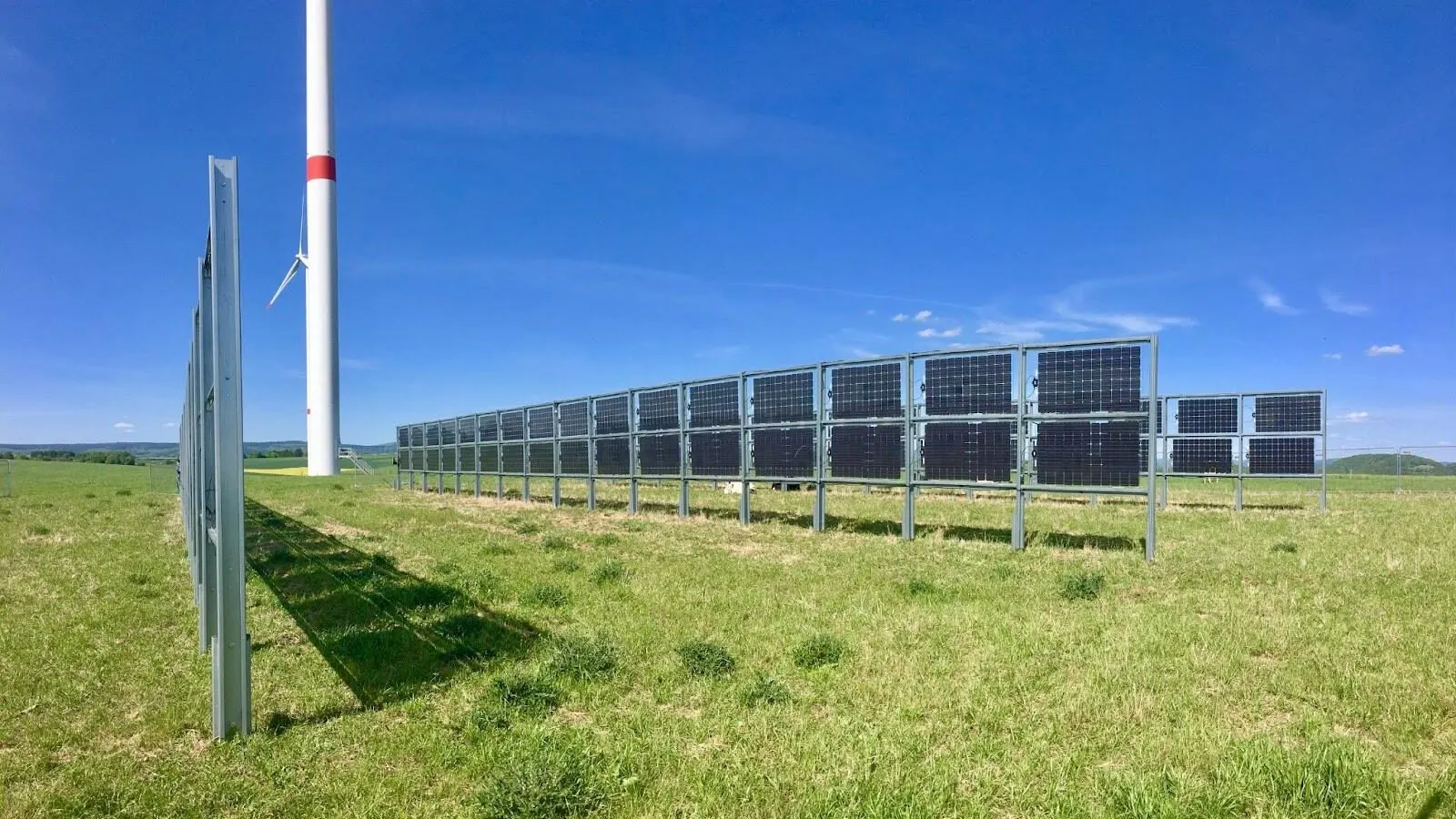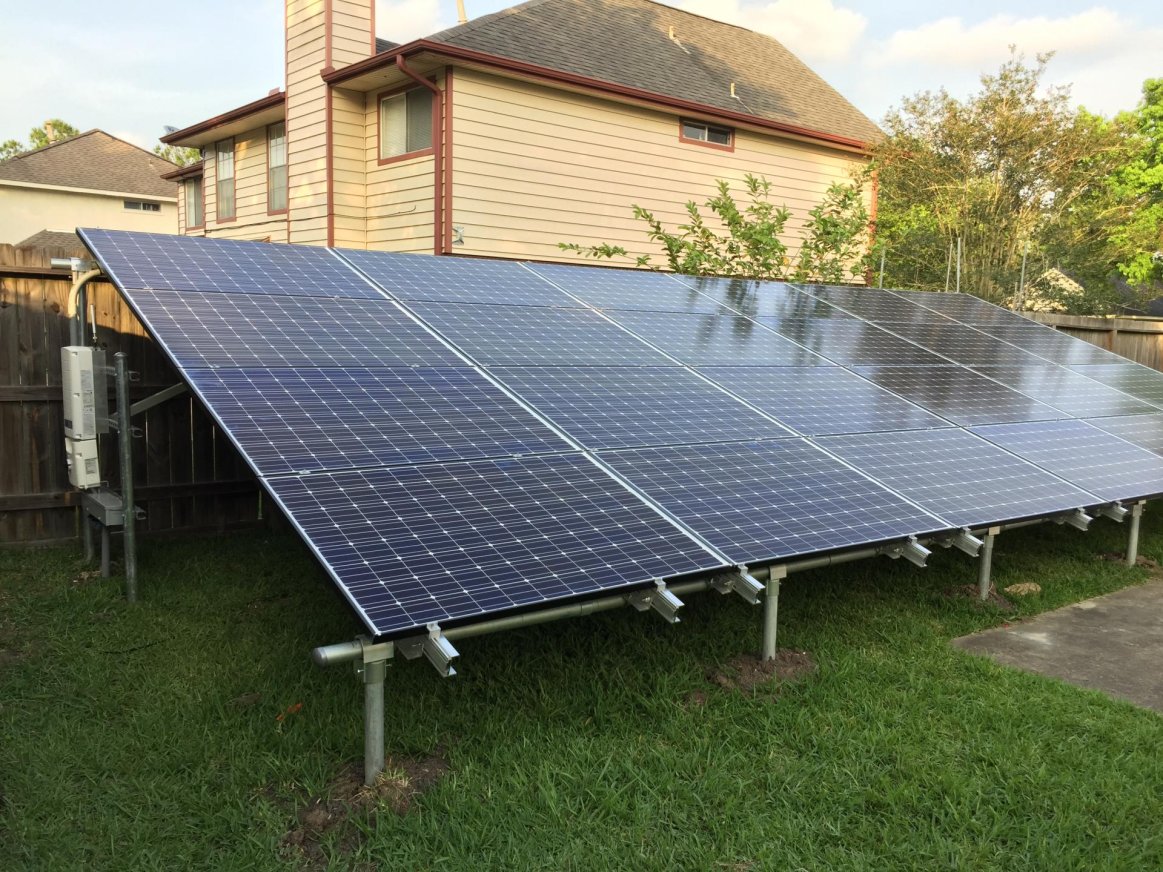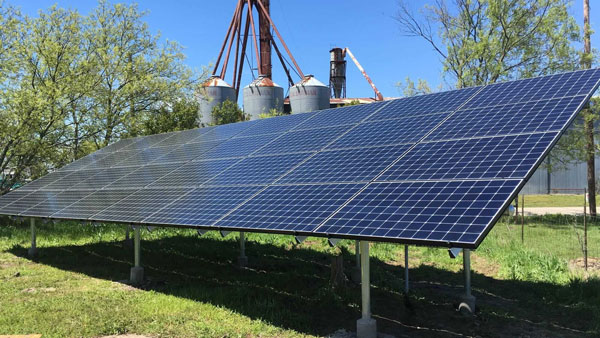Advanced Panel Technologies
Dual-Axis Tracking Systems
Dual-axis tracking systems are the key for making vertical solar panels as efficient as possible. These are systems where the panels track the suns trajectory by changing both their azimuth and elevation angles. A commercial solar farm equipped with dual-axis trackers demonstrated up to 45% more energy production than fixed installations in a survey. One of these solutions are use of tracker optimised in-plane exposure for three phase PV based high in latitude region where there is a wide range of sun position changed through out day.
Cell Materials-Efficient
The material used in the cell makes a big difference to how vertical solar panels perform. For example, Gallium Arsenide (GaAs) cells have been able to achieve efficiency levels above 29% in laboratory conditions. Vertical deployment of GaAs cells, say alongside the facades of high-rises, efficiently harvests both direct sunlight and ambient light. A building in downtown San Francisco that was integrated with these cells produced an output of roughly 200 MWh per year - a figure which points to the feasibility of urban use.
Building automation systems integration
Vertical solar panels linked to building automation systems (BAS) can be used for production which is tactical and synergy-focused, boosting energy-use optimization and waste reduction. Dynamically adjusting power consumption based on the output from solar panels can be utilized by a BAS, making the entire building more efficient. A real-time data pilot at a tech campus in Austin that used data from vertical panels to optimize HVAC operations produced a 20% energy cost reduction.
Transparent Solar Panels
Clear solar panels offer a solution for solar applications that are vertical in design, this is especially beneficial in glass-based structures. These panels are made from organic materials that absorb UV and infrared light, passing visible light through. A study completed on an office building in Chicago, transparent solar windows, showed that the installation led to a decrease of 10% in overall electricity consumption--demonstrating both its potential as an energy generator and allowing for natural light.
Greater durability and weatherproof properties
A critical issue is improving the durability of vertical solar panels so that they can withstand extreme weather conditions. Notable progress has been the use of hydrophobic coatings having an ability to repel water and dust, ensuring longevity during inclement weather. Coastal field trials, where humidity and salt mist in the air can reduce panel efficiency have shown treated panels retained 98 per cent of original performance after a year compared to 93 per cent of untreated panels.

Custom Racking Systems For Vertical Installation
Design Suited to the Optimum Angle and Direction
Solar canopies: catch more sunlight with a custom racking system built for vertical surfaces. The new works indicates that by customizing the tilt and azimuth for, these orientation can increase solar panel effectiveness by a substantial percentage on different angles which depends on the location point and solar path of each building. A custom installation on a high-rise in Los Angeles was titled to 75 degrees (compared to the standard's maximum of 60 degrees) and increased energy production by 30%.
Materials BoomEar WearMax Composite It fits with the materials like a glove.
The application of advanced materials like aluminum and high-density polyethylene in racking systems come with extra durability, and the best part is that these can significantly reduce the structural load on buildings. An aluminum vertical rack system in use on a project in Miami was able to support larger panels without any further reinforcement, perfectly appropriate for hurricane-prone region like South Florida. Hurricane Irma was no match for this setup, maintaining full operational capacity.
Advanced Cooling Technologies
Cool says Passive cooling features may be added to the racking design to prevent overheating and keep panels efficient. A high-profile installation in Phoenix featured a system of racks and air channels between the panels that allowed for natural air cooling of both panel sides. This feature lowered the panel surface temperature by 15 degrees F and kept panels near to peak operating conditions during summer months.
Scalability and modularity
The custom racking systems are typically modular which means they can be scaled up or down and assimilated with whatever architectural style you need. A newly-constructed commercial building in New York City sports a modular system that can easily be scaled by adding more panels without much disruption. Mango Hill deployed the new set up covering 50 per cent of the energy needs of the building, with the ability to increase coverage to 75 percent.
Seasonal Adjustability Features
Dynamic Tilt Mechanisms
The tilted Vertical SunSails will employ dynamic tilt mechanisms that change based on the sun's seasonal position so as to better harvest electricity throughout the year. In Seattle, a building has a system that changes from 40-degree tilt in the summer to a 60 degree hike in the winter alllowing this system to find light capture as sun elevation changes. As compared with fixed systems, this system has a mechanism to adjust the inclination of panels, resulting in overall 25% higher energy production over a year.
Automated Tracking Software
Automated tracking software taps into sensor data to reposition the panels throughout the day based on available sunlight. Software in a commercial building in Denver adjusts panel angles every 15 minutes to maximize solar gain. In addition to a 20 percent efficiency improvement this system ultimately cuts down on costs due to manual maintenance.
Modular Panel Adjustments
SunPower's modular technology can independently address individual panels across the array, adjusting for varying shading and sun exposure at different sections on a building. The complex in Atlanta shows off vertical panels that are designed to be modular - and can adapt to sunlight data collected from different faces of the building. With this customization, the energy consumption from the grid has been decreased by 10% at peak daylight hours.
Remote Tuning Factors
By allowing remote adjustment of kinetic energy-gathering systems in the vertical plane, many installations can become centrally controlled. A San Francisco pilot project uses a cloud-based platform to control changes in multiple buildings. Predictive weather data will allow the optimal adjustment of panel angles by facility managers, resulting in huge efficiency benefits during unexpected weather changes.
Snow and Ice Mitigation Techniques
Heated Panel Surfaces
For snowy areas, it is important to have heated panel surfaces These systems feature heating elements below the solar cells that can be turned on during the winter to melt away snow, which in turn keeps them clear of ice. In parallel, a company in Minneapolis uses low-voltage heating elements in a vertical solar installation that activate automatically by controlling the temperature with external sensors. The system has kept deep snow from accumulating, allowing it to produce power throughout the cold winter months.
Hydrophobic Coatings
The simple application of a hydrophobic coating to solar panels is sufficient to greatly diminish snow and ice adhesion. The new technology has been in development for two years and was tested by the Colorado Department of Transportation. The system comes in the form of a nanocoating that stops water and ice from bonding to roadways. This resulted in the panels being 60% less prone to snow retention throughout the winter, and additional operational days per year!
Structural Panel Design
Modern panel developments also aid in preventing snow buildup naturally. The Vermont design included straight grooves that kept the panels nearly snow-free, and angled grooves help steer melting snow or ice off to the side of their disk shaped prototypes, serving as efficient self-cleaning systems without drawing on power to do so. Studies conducted with these grooved designs found that they can eliminate up to 50% of losses in efficiency due to snow, generated at the height of winter.
Remote Snow Removal Systems
Snowfall removal systems make it possible to clear panels remotely -- a feature that's particularly handy for large installations or locations that are otherwise hard to reach. A technology light enough for use on solar panels in Alaska creates patrolling drones that will clear the panels clean of snow with just a nudge from an air blower. The approach has improved winter efficiency 30% and saved time on manual maintenance.

Aesthetics and Architectural Integration
Customizable Panel Designs
These panels are essentially designed with customizable panel designs where the solar technology is blend effortlessly with architectural aesthetics. In San Diego, a new development recently installed vertical solar panels finished in terracotta to look like the regions standard roofing tiles. It does function, however, and it contributes about 40 percent of the building's energy needs, in addition to displaying a good respect for the local architectural style.
Building Integrated Photo Voltaic
Using traditional building materials in place of ordinary building materials with photovoltaic material mixed into to new construction of a building, creating in difference a two-in-one solution for both the process of translating solar radiation into electricity as function which alone serves to provide electricity and as construction material at the same time. A New York City skyscraper has used BIPV glass panels as part of its facade, to the point that it is nearly impossible to tell a photovoltaic panel from a non-photovoltaic sheet of glass. This system not only adds to the overall energy generated by the building, but also keeps the aesthetic extremely slick and modern.
Color Matching Technology
The colour matching technology which comes with solar panels means that it is now possible for architects to request panels of certain colours or shades which match the palette used for the design of the building, so that these elements can be discreetly integrated into a single overall style. The steel and glass exterior of a commercial building in Chicago that blends in thanks to vertical panels manufactured to precisely match it. These panels have a thin film technology that captures the energy from the sun efficiently while preserving color.
Invisible Solar Cells
Invisible (transparent ) solar cells, which began being unveiled in 2014, are now capable of providing clear panels that do not appear opaque or reflective on the surface of glass buildings. In the facade of a corporate headquarters in Silicon Valley, this glass houses cells that capture ultraviolet and infrared light while allowing visible light to pass through. By preserving the glass aesthetic of the building and improving energy sustainability, it is able to cut grid power use by as much as 25% annually.





